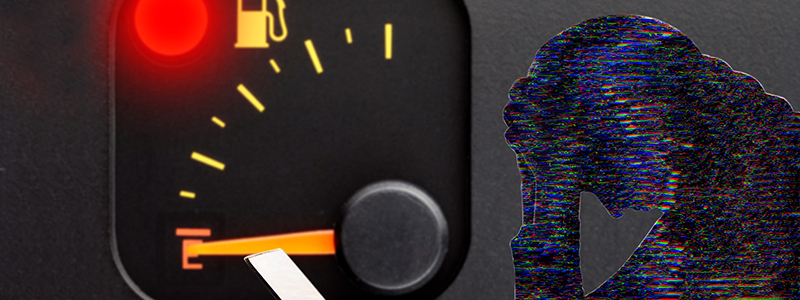by Chris Materne
In October 1990, I was on the pre-opening team for the Grand Hotel at Glenelg. It was a hectic and exciting time. On the day the doors opened on the front bar and the restaurant we were still unpacking and washing the glasses, crockery and cutlery. The lucky first patrons in the bar at 5.00pm got free drinks because the money for the tills hadn’t arrived yet!
The other parts of the hotel opened gradually over the next few weeks. I went from being one of four restaurant supervisors to the manager of the brasserie in about three weeks, as others left the team. Then came the Grand Prix and I had to oversee one of the corporate marquees at the track while also managing the brasserie at the hotel. Then came Christmas and the Rio Tennis carnival. Work was unrelenting. But it was great fun, too, so we all kept pushing.
One night, driving home after closing the restaurant, I woke up with the car nose-first in the gutter on Anzac Highway. It was about 2.00am. I’d fallen asleep at the wheel. Luckily (miraculously, more likely), my foot must have fallen off the accelerator as I drifted into the kerb. Nothing was damaged – neither in me nor the car. How did I react to the realisation I was exhausted? I simply moved closer to work!
I’m no stranger to burnout. Thirty years later, I’m still prone to pushing myself too hard and for too long. I’m much more aware of burnout now but can be slow to recognise how far down the path towards the cliff I am. Thankfully, my husband, family and some trusted friends help to hold me accountable and I’ve learnt some things to help me navigate back to a healthier space.
Those serving in caring professions tend to be at increased risk of burnout, especially doctors, nurses, teachers, veterinarians, clergy and police officers. Burnout doesn’t just happen to those in paid employment though. Family carers and volunteers are also at risk, as not all ‘work’ is paid. Workplace factors linked to burnout include: workload (both overload and underload), role conflict and ambiguity, lack of control or autonomy around organising work, absence of fairness or equity, organisational changes and insufficient social support. There are also personal attributes that are often associated with burnout. According to the 11th edition of The International Classification of Diseases, these include: being young, female, single and higher educated, as well as those with a high level of emotional reactivity, high achievement orientation, low self-efficacy, hypersensitivity and perfectionism.
It is important to distinguish burnout from depression, as not all people who experience burnout are depressed, and vice versa. They are not the same thing; they have distinct symptoms and different pathways back to health.
For me, my personality places me in a high-risk category for burnout, especially if workplace factors linked to burnout are also prevalent. I know I’m not alone.
I did find my way back to good health in the 1990s. It took some time and involved a change in jobs (more than once, as it turned out). I found my way back to a local church, which also helped. I have learned what triggers I need to watch out for and what I need to do to keep myself healthy. There is no magic pill, no one thing that works for everyone all the time, but some things that help me include: eating healthy, nutrient dense food, but also allowing myself treats like icecream; exercising regularly and getting out in nature; praying and spending time with God; reading; journaling; spending time with people I love and also time on my own; and monitoring my energy levels and resting when I need to.
If these don’t help then I need to take more intentional action and critically review what’s happening at work. If I haven’t taken annual leave for a while, that increases my risk. If I have said ‘yes’ to too many people and things, I’m on a slippery slope.
My mother used to tell me, ‘If you want something done, ask a busy person!’ It was as though being busy was a good thing. If you were competent and productive you seemed to keep getting more tasks and more responsibilities. The Bible also tells us in Matthew 25:14–30 that we need to use the gifts we have. But there’s a trap. At some point we must acknowledge that we can’t say Yes to everything.
Jesus didn’t say Yes to everything. He knew there would always be plenty of work to do, but he took time out to pray, eat, be with friends, and rest. Ultimately, he said Yes to the single most important task given to him by his Father.
Talking to ourselves as we would to a loved friend can be really helpful. We wouldn’t want to see our best friend burn themselves out, and yet sometimes we expect so much of ourselves. We are loved and forgiven people of God – a people of hope. Our future is secure and we have great capacity to influence others who look to us and might see the joy we have in our hope. We are called to share our light with others.
If we are burned-out shells, it’s going to make it really hard for our light to be seen. If there is no fuel to keep our flames alight, they go out. Just like our cars, we can’t run on an empty tank. I pray we all find the fuel we need to fill our tanks.
Dr Chris Materne is the manager of the LCANZ Church Worker Support Department.




